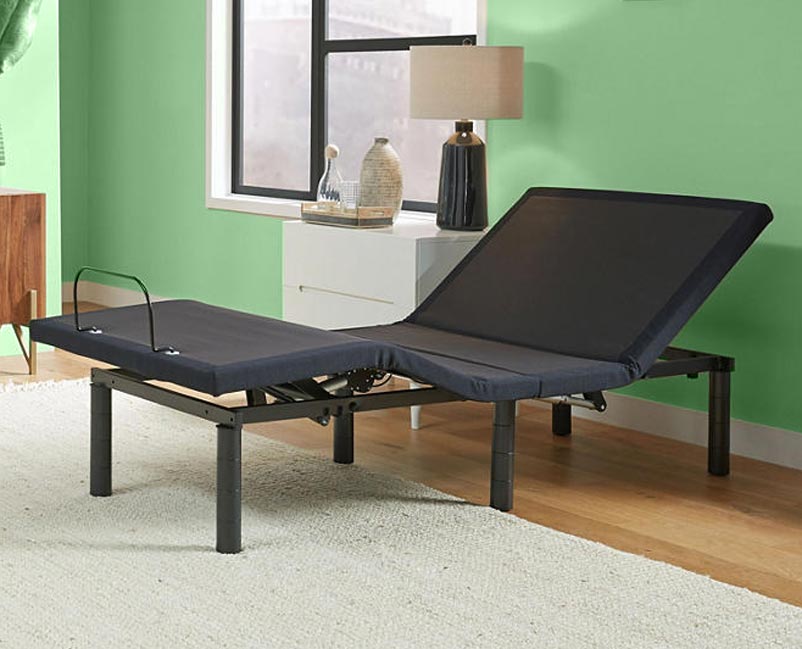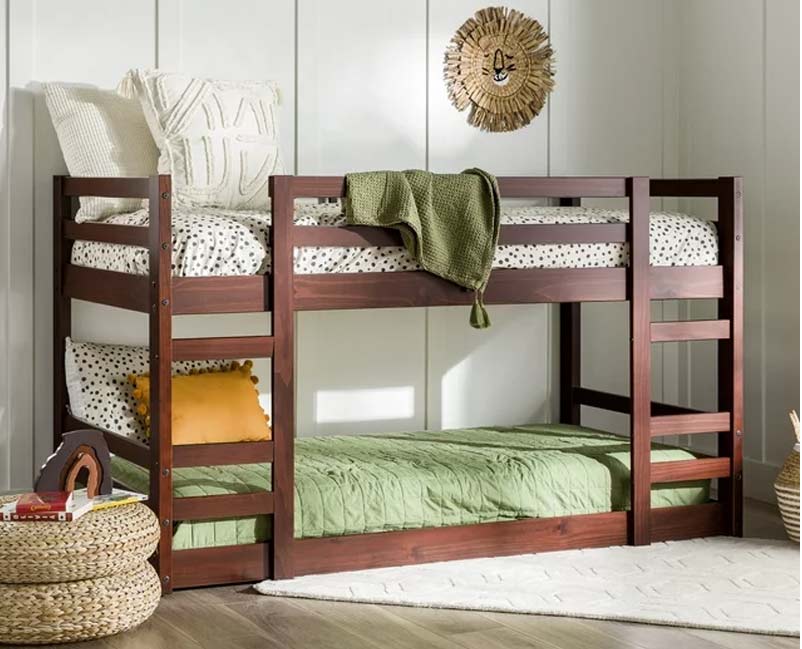FAQ When
Shopping For
A Mattress
It’s essential to assess both the dimensions of the room and its primary functions. Start by measuring the length and width of the area where you intend to place your furniture. Furniture always looks smaller in the store than it does in your home, so knowing the exact amount of space you are working with avoids any size-related headaches.
When considering the size of your dining table, it’s essential to factor in how many people will typically be seated for meals. This depends on your household size and any frequent guests you may entertain. A general rule of thumb is to allocate about 24 inches of table width per person for comfortable dining. For example, a 6-foot table can usually accommodate six to eight people comfortably, while an 8-foot table can seat eight to ten. Extending tables or adding leaves can provide flexibility for larger gatherings. It’s also crucial to consider the dimensions of your dining area to ensure there’s ample space for both the table and chairs, allowing easy movement around the room.
Consider factors such as the number of sleepers, bedroom size, and personal preference when selecting a mattress size. Common options include twin, full, queen, king, and California king.
Different mattress types, such as memory foam, innerspring, latex, and hybrid, offer varying levels of support and comfort. Choose a mattress type that aligns with your preferred sleep position and comfort preferences.
Firmness preferences vary from person to person. Consider factors such as body weight, sleep position, and personal preference when selecting a mattress firmness level. Options range from plush to firm.
The lifespan of a mattress depends on factors such as mattress type, quality, and usage. On average, mattresses typically last between 7 to 10 years, but this can vary based on individual factors.




